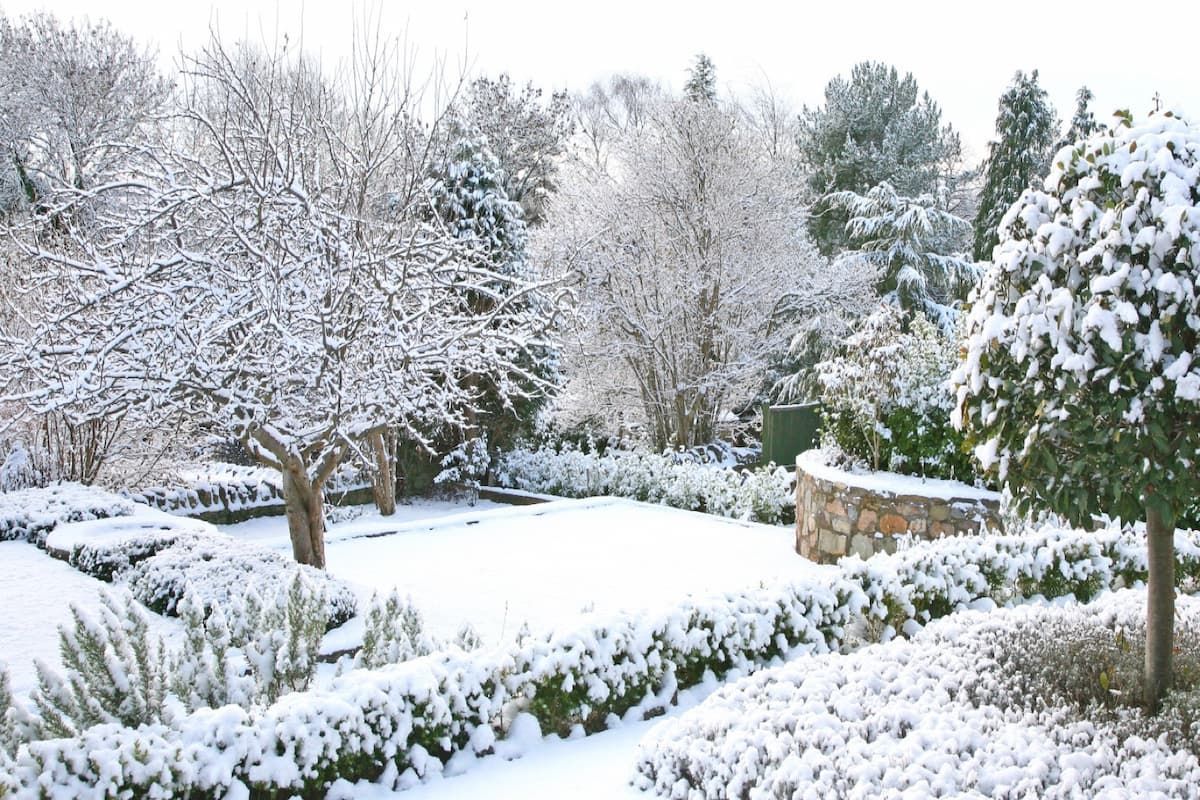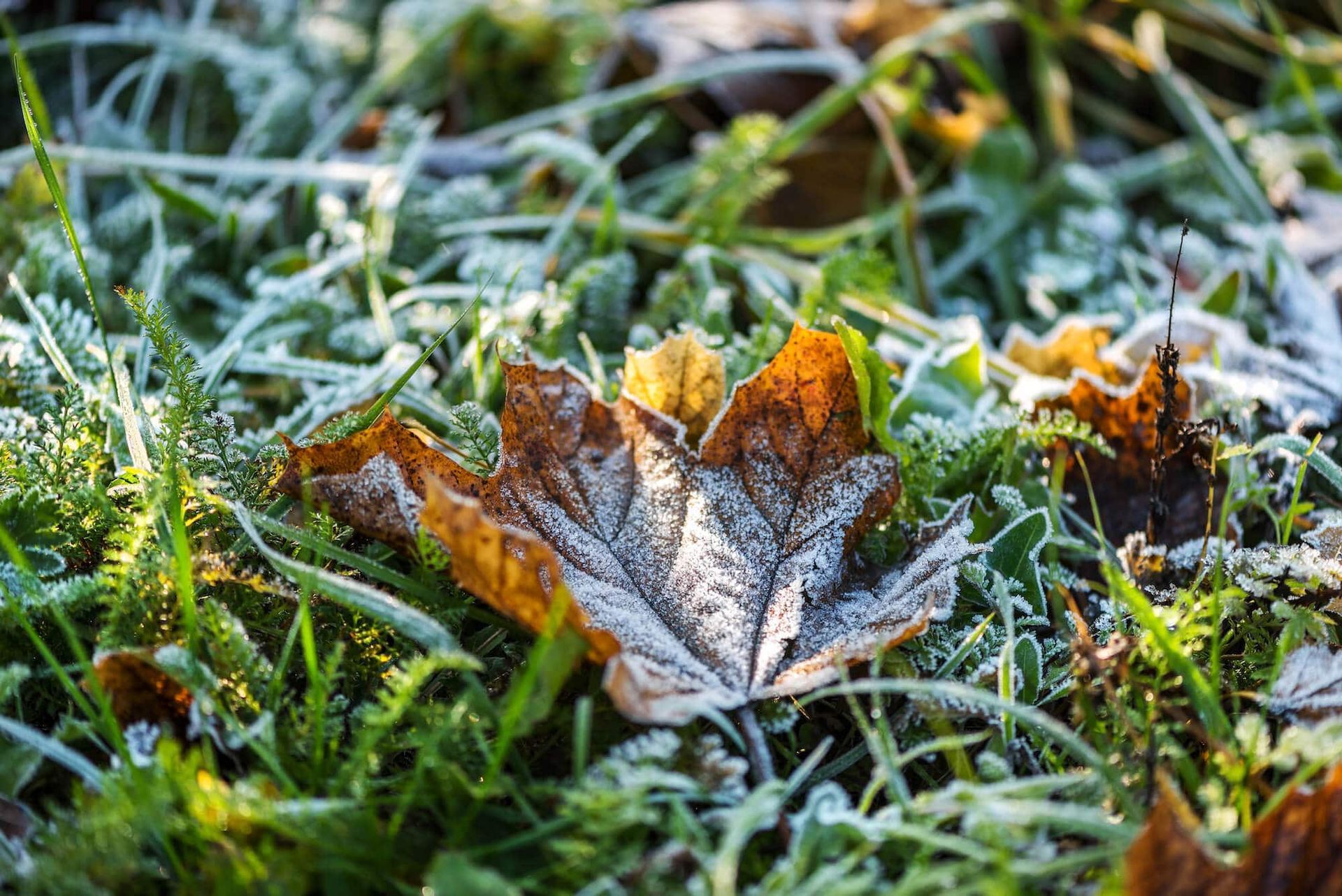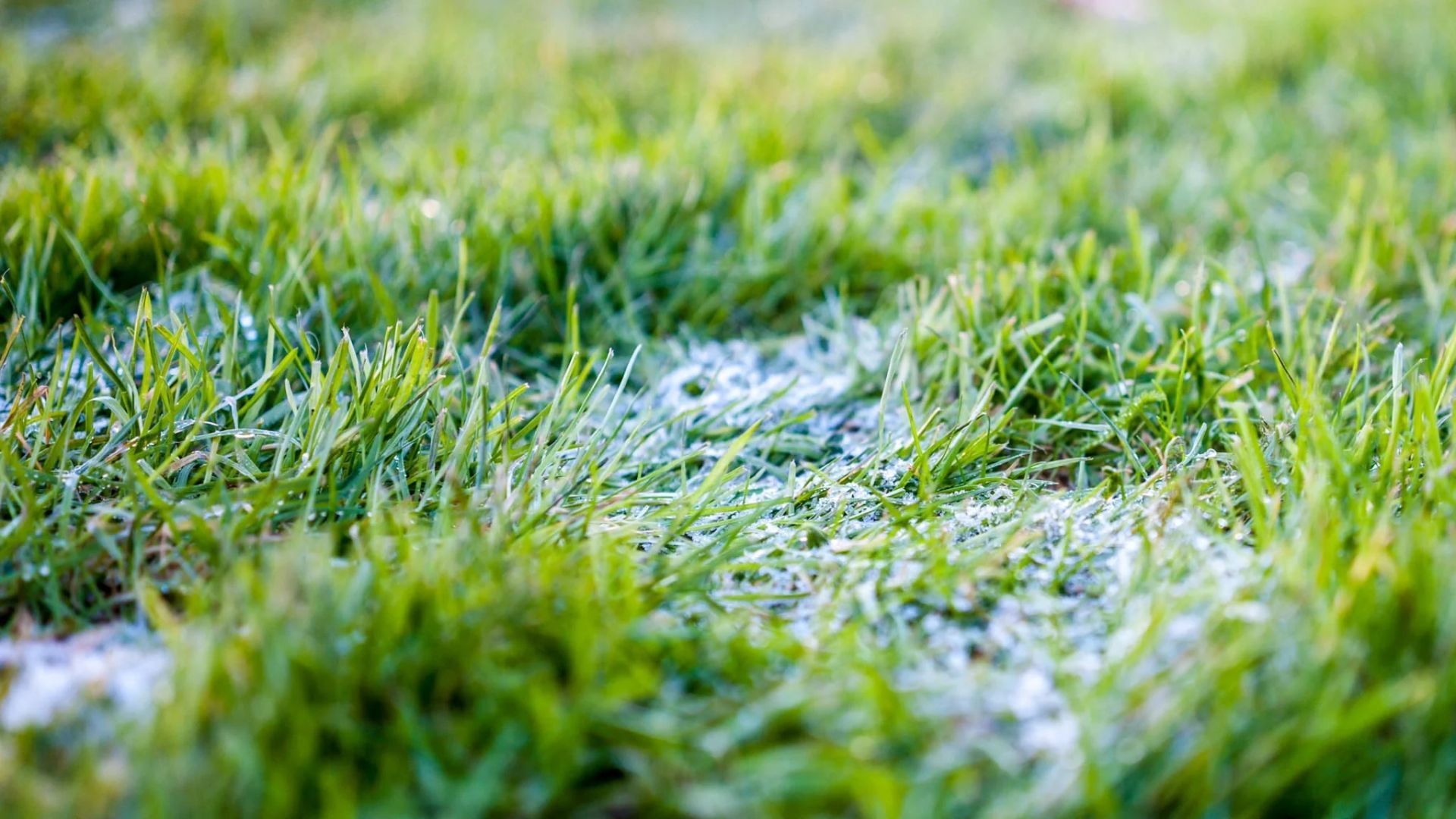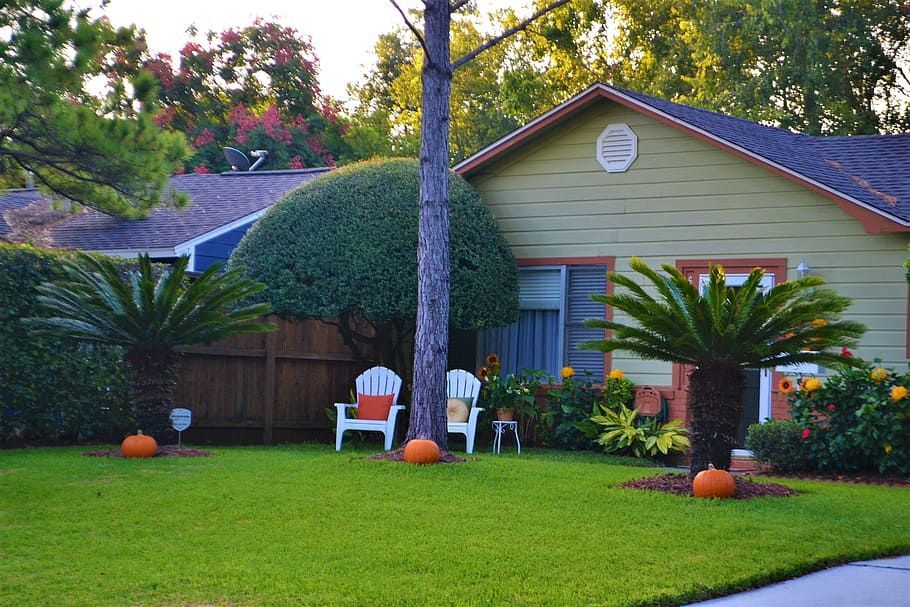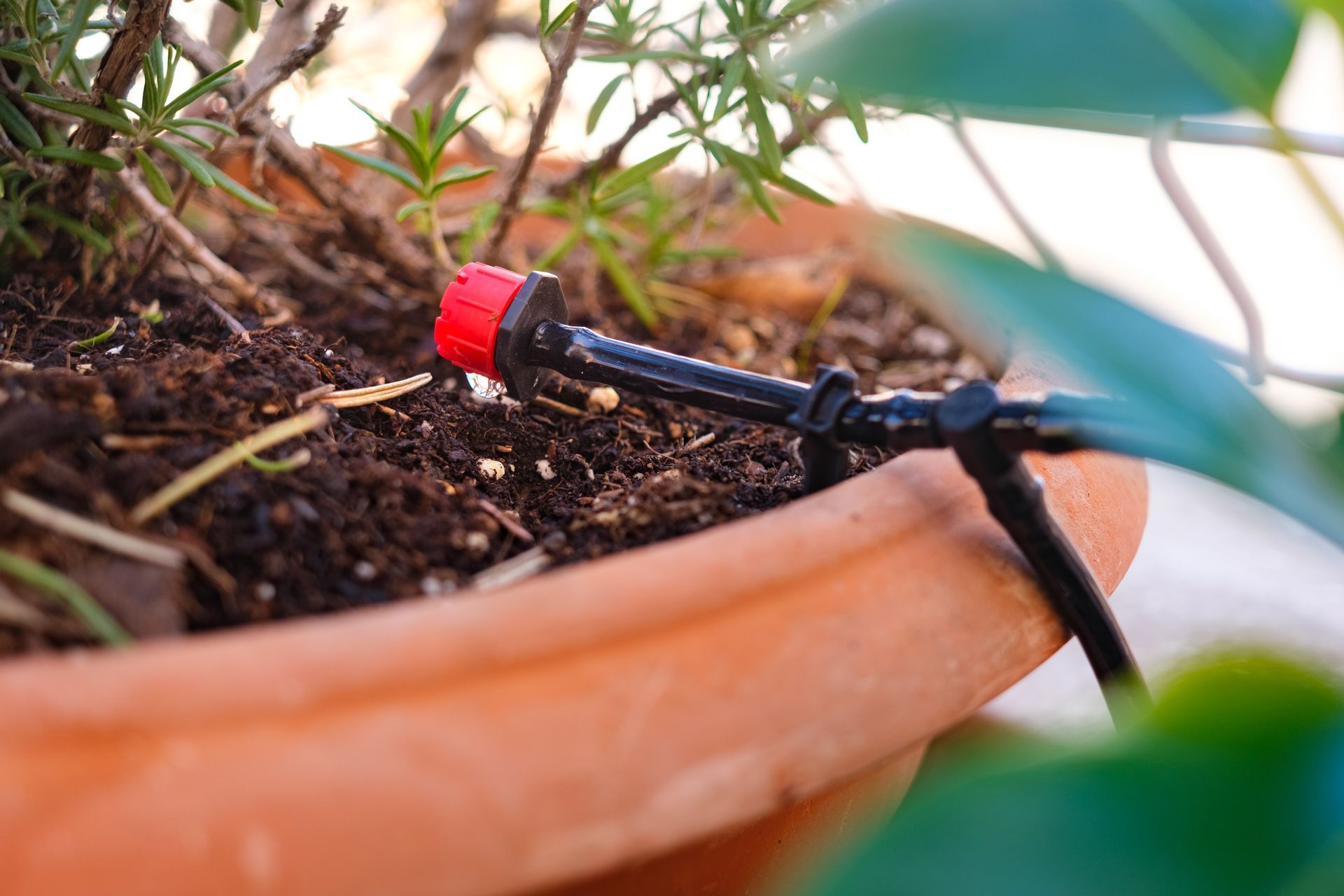
Arizona’s desert climate presents unique challenges for homeowners who want a lush and vibrant yard. While native plants thrive naturally, non-native drought-tolerant plants can bring a unique aesthetic while still requiring minimal water and maintenance. These plants offer a broader variety of colors, textures, and styles, making them ideal for homeowners looking to create unique landscapes that stand out. Many non-native species can adapt to Arizona’s conditions while providing a fresh look beyond the typical desert flora.
However, even the toughest plants can struggle without proper soil conditions. If you're having trouble keeping your plants healthy in Arizona’s challenging climate, don’t worry—proper soil preparation can make all the difference. Learn how to create the perfect growing environment and give your plants the best chance to thrive!
Why Choose Non-Native Drought-Tolerant Plants?
Top Non-Native Drought-Tolerant Plants for Arizona Landscapes
Lavender (Lavandula spp.)
Lavender is a fantastic choice for Arizona landscapes due to its ability to thrive in full sun with minimal watering. Known for its vibrant purple flowers and calming fragrance, this hardy plant attracts pollinators like bees and butterflies while adding a touch of elegance to any yard. It does best in well-draining soil and is perfect for homeowners looking for a low-maintenance, aromatic garden.
Mediterranean Fan Palm (Chamaerops humilis)
For those wanting a tropical touch, the Mediterranean Fan Palm is an excellent addition to an Arizona yard. This slow-growing palm thrives in hot and dry climates, making it an ideal fit for desert landscapes. Its fan-like leaves provide a striking visual, and since it's both drought and cold-tolerant, it’s a resilient option for homeowners looking for a durable yet decorative plant.
Agave (Agave americana, Agave parryi, etc.)
Agave is a staple in modern and minimalist landscaping due to its sharp, symmetrical leaves and bold appearance. It is one of the easiest plants to maintain, as it requires almost no watering once established. This plant fits well in rock gardens, xeriscapes, and contemporary designs, adding structure and elegance while being highly resistant to Arizona’s extreme temperatures.
Russian Sage (Perovskia atriplicifolia)
For those who prefer a wilder, cottage-style garden, Russian Sage is an excellent choice. Its silvery-green foliage is complemented by tall purple flowers that bloom in late summer. Beyond its visual appeal, Russian Sage is extremely heat and drought tolerant, making it perfect for Arizona’s arid conditions. It pairs beautifully with ornamental grasses and succulents, creating a layered and textured landscape that requires little upkeep.
Desert Spoon (Dasylirion wheeleri)
With its spiky, fountain-like leaves, Desert Spoon is an eye-catching plant that thrives in rock gardens and Southwestern landscapes. This low-water plant is incredibly hardy, tolerating extreme heat, drought, and even occasional frost. Its unique appearance makes it a great focal point for homeowners looking to add an architectural element to their yard.
While native plants are naturally adapted to Arizona’s climate, incorporating non-native drought-resistant species can open up a world of possibilities. These plants allow for a greater range of landscaping designs, from modern minimalist gardens to lush Mediterranean or tropical-inspired landscapes. They also offer a balance between aesthetics and sustainability, providing a stunning visual appeal while requiring minimal watering and maintenance. For homeowners who want to break away from traditional desert plants without increasing water consumption, these non-native species provide an excellent solution.
Even drought-resistant plants need proper care to establish themselves and thrive in Arizona’s climate. The first key to success is ensuring the soil is well-draining. Many desert soils have a high clay content, which can retain too much moisture and cause root rot. Amending the soil with gravel, sand, or organic matter can improve drainage and help these plants adapt to their New environment.
Watering is another crucial factor. Instead of frequent shallow watering, which can lead to weak root systems, deep but infrequent watering encourages strong root growth and improves plant resilience. Watering in the early morning helps reduce evaporation, and using a drip irrigation system or soaker hose can optimize water use.
Protecting plants from extreme heat is also important, especially when they are newly planted. Applying a layer of mulch around the base of plants can help retain soil moisture and regulate temperature. Providing temporary shade during peak summer months can also help young plants establish themselves before facing the full force of Arizona’s heat.
Tips for Growing Non-Native Drought-Tolerant Plants in Arizona
Final Thoughts: Transform Your Arizona Yard with Unique Drought-Tolerant Plants
By choosing non-native drought-resistant plants, you can create a visually stunning, low-maintenance landscape that remains vibrant year-round while conserving water. Whether you’re aiming for a sleek modern design, a Mediterranean oasis, or a tropical paradise, these plants can help bring your vision to life without the hassle of constant watering and upkeep. If you're struggling with keeping your plants healthy in Arizona’s tough climate, don’t worry—proper soil preparation can make all the difference. Learn how to create the perfect growing conditions and give your plants the best chance to thrive!

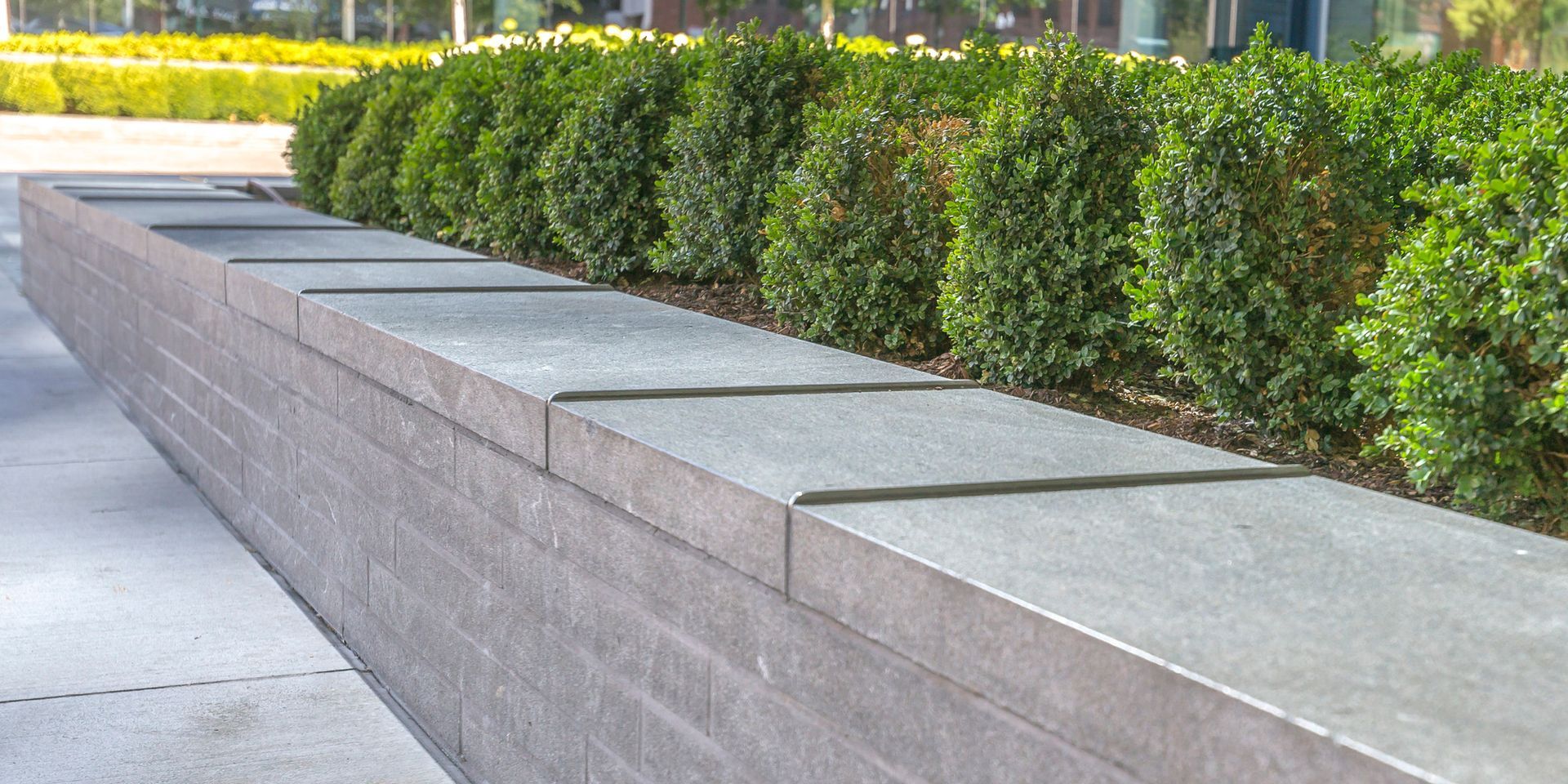
Commercial Landscape Maintenance in Goodyear, AZ: Keep Your Property Looking Professional Year-Round
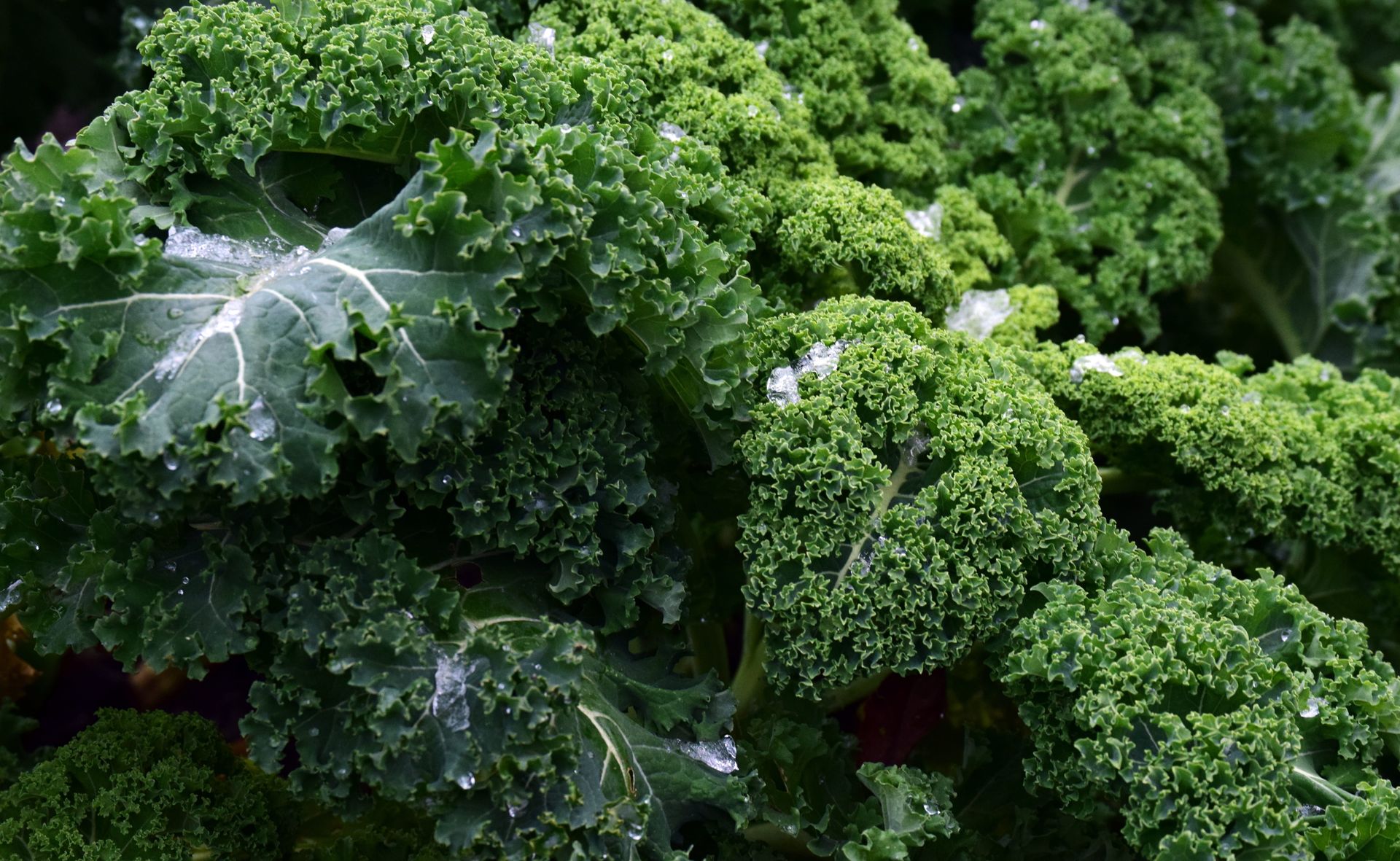
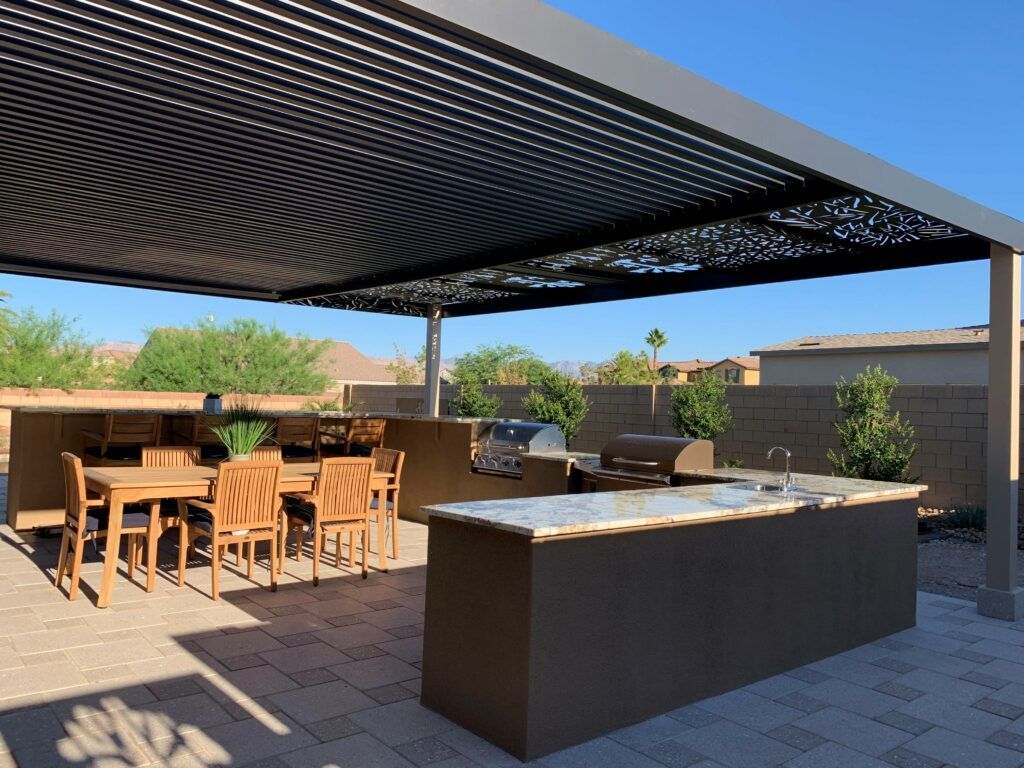
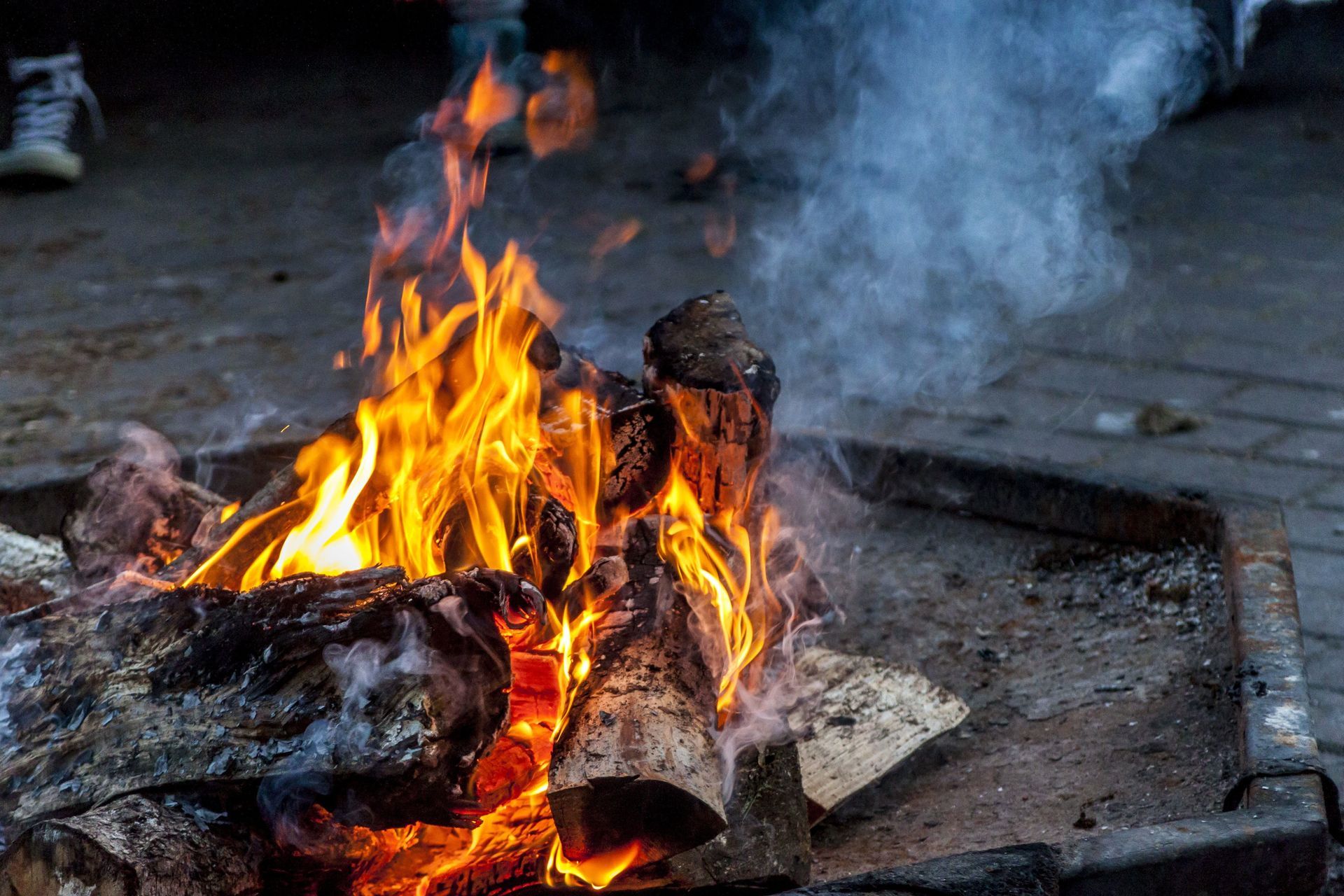
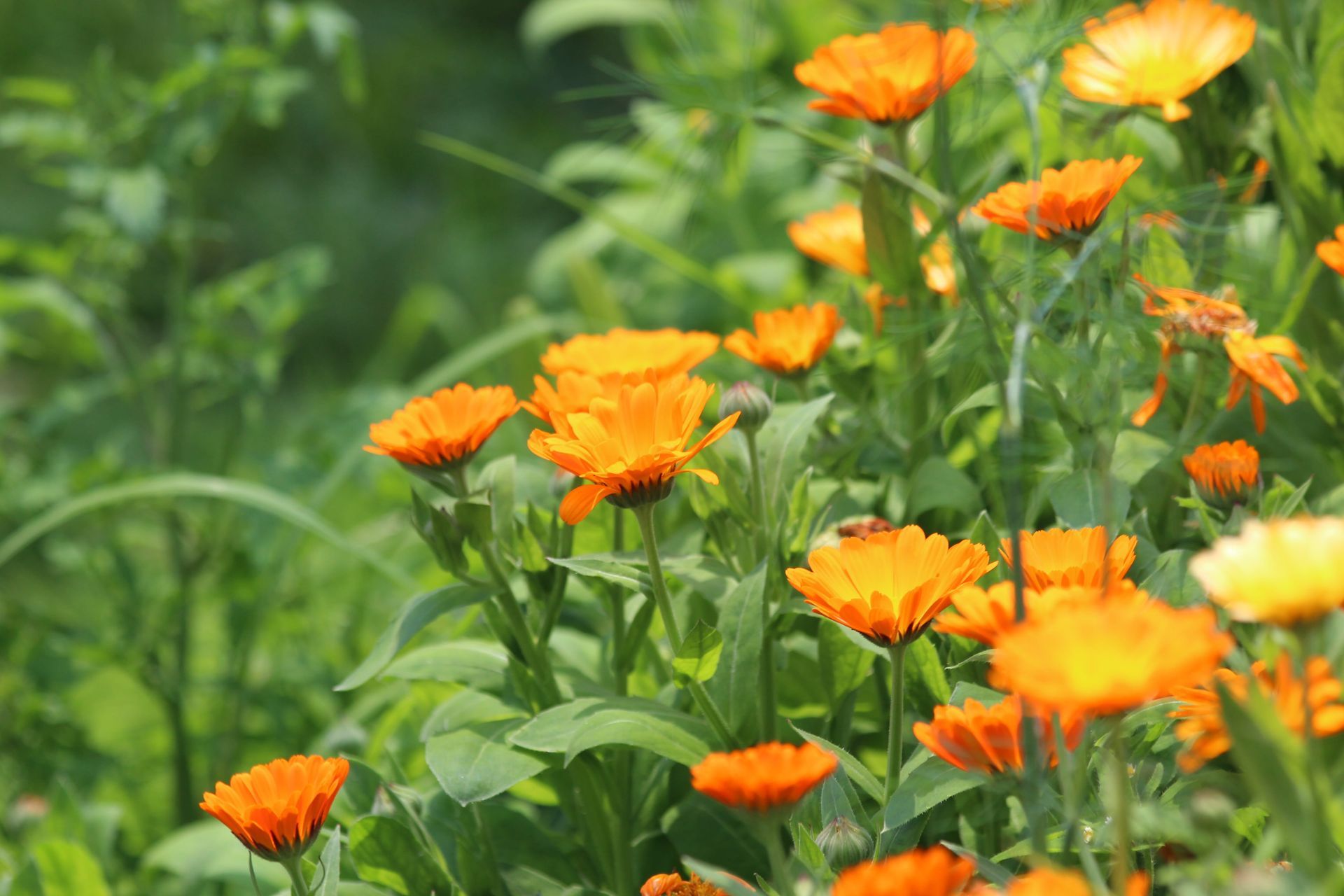
Coverage Areas
All Rights Reserved | Happy Clean Lawnscape


